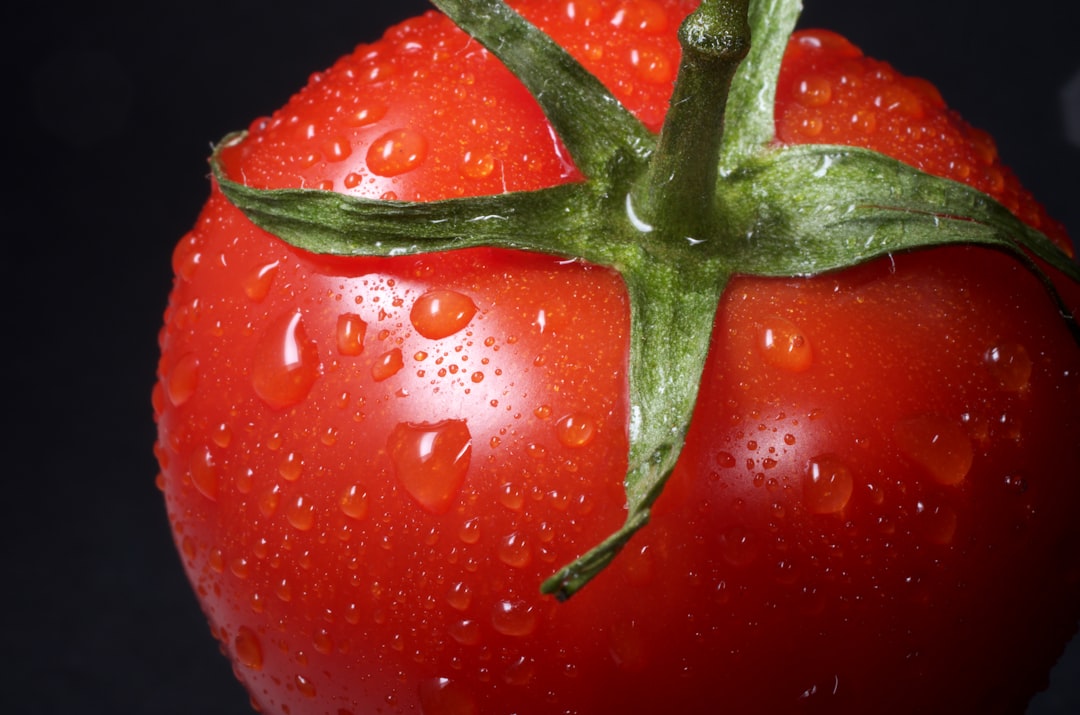What is it about?
The recently approved HIV-1 integrase strand transfer inhibitor (INSTI) dolutegravir (DTG, S/GSK1349572) has overall advantageous activity when tested in vitro against HIV-1 with raltegravir (RAL)- and elvitegravir (EVG)-resistant signature mutations. We conducted an in vitro resistance selection study using wild-type HIV-1 and mutants with E92Q, Y143C, Y143R, Q148H, Q148K, Q148R or N155H substitutions to assess the DTG in vitro barrier to resistance. No viral replication was observed at ≥ 32 nM DTG, whereas viral replication was observed at 160 nM RAL or EVG in mutants. In the Q148H/K/R mutants, secondary mutations encoding G140S/Q148H, E138K/Q148K, E138K/Q148R, and G140S/Q148R were identified with each INSTI and showed high resistance to RAL or EVG but limited resistance to DTG. E138K or G140S, as a secondary substitution to Q148H/K/R, was associated with partial recovery in viral infectivity and/or INSTI resistance. In E92Q, Y143C/R or N155H mutants, no secondary substitutions were associated with DTG. These in vitro results suggest that DTG has a high barrier to development of resistance in the presence of RAL or EVG signature mutations other than Q148. One explanation for this high barrier to resistance is that no additional secondary substitution to E92Q, Y143C, Y143R or N155H could simultaneously increase fold change in EC50 to DTG and infectivity. Although increased DTG resistance via the Q148 pathway and secondary substitutions occurs at low concentrations, a higher starting concentration may reduce or eliminate development of DTG resistance in this pathway in vitro.
Featured Image
Read the Original
This page is a summary of: Effects of Raltegravir or Elvitegravir Resistance Signature Mutations on the Barrier to Dolutegravir ResistanceIn Vitro, Antimicrobial Agents and Chemotherapy, February 2015, ASM Journals,
DOI: 10.1128/aac.04844-14.
You can read the full text:
Contributors
The following have contributed to this page










